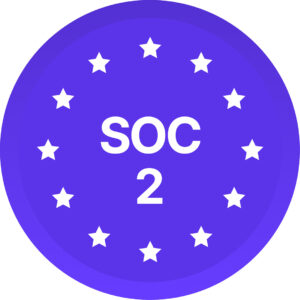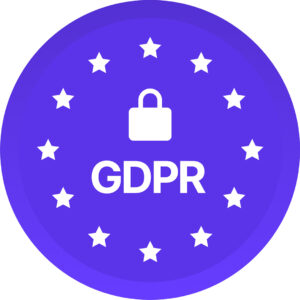During National AccessAbility Week (May 28 – June 3), we encourage you to learn more about what accessibility is, how to discuss it, and how to implement, enhance and evaluate accessibility standards and practices in your organization. “Giving a Damn About Accessibility” by Shery Byrne-Haber, CPACC, is a great starting point as it provides practical and actionable steps to start your journey. This book is in .pdf format, and the audiobook can be accessed for free through the following link: https://www.accessibility.uxdesign.cc/.
The book tackles common challenges that may arise when trying to create solutions that work for everyone and does so straightforwardly and unapologetically. It’s presented in an easy-to-read format with playful illustrations. Although it’s geared towards designers, it can be applied to many other spheres such as Education, Management, and Web and App Development; it can also be valuable to anyone who writes emails or does presentations.
Digital accessibility is the inclusive practice of ensuring everyone has equal access to information, functionality, and experience on digital platforms (Byrne-Haber, 2021, p. 4). In other words, no barriers prevent interaction with, or access to, digital products by people with disabilities or traits commonly linked to disabilities (physical disabilities or neurodiversity).
In her book, Shery Byrne-Haber addresses common challenges that people and organizations have when introduced to accessibility principles such as:
- Accepting the change
- Addressing everything within the work environment from a very formal perspective, whether accessibility is a business case or a human right
- Lack of precise accessibility requirements (read more about Digital Accessibility here: https://www.w3.org/WAI/standards-guidelines/wcag/wcag3-intro/)
The author also provides case studies of how different companies introduce accessibility features and plugins and what can happen if accessibility tools do not work. She explains how to talk to people who believe that only an insignificant number of users are affected or prioritize developing new features higher than making old features accessible.
How to solve accessibility challenges according to Shery Byrne-Haber:
- Invest in the change – the team should learn about accessibility and how to design and test accessible content. Nobody can become an accessibility expert overnight.
- It is OK to make mistakes – even if your product or service is just at the very beginning of the accessibility journey, it is still a little bit ahead of the 98% of the other products and services that do not accommodate accessibility. Just continue improving!
- Reward employees for creating accessible products or features.
- Hire more people with disabilities and involve them in the process, as they will likely notice disability issues before it is released to the public. But remember, even people with disabilities can’t represent the needs of everyone with any disability.
- Increase buy-in of the executive team as they are an example to all in the organization.
- WCAG standard is not exhaustive; it is essential to be compassionate with people with disabilities.
You can learn how to make a difference and how to create a more accessible, inclusive workplace through our instructor-led training course “Building an Inclusive Workplace“:
_____________
Other Resources
1. https://www.coursera.org/projects/testing-for-web-accessibility-with-accessibility-insightshttps://www.coursera.org/learn/inclusive-design.
2. Case study GatsbyJS: https://www.gatsbyjs.com/blog/2019-07-11-user-testing-accessible-client-routing/
3. Case study Buoy Health: https://makeitfable.com/buoy-health-accessibility-case-study/
4. What is Design Thinking? | IxDF (interaction-design.org)
This blog by Anna Stankevich was originally published by Diversio EDU (formerly CCDI Consulting) in May 2023.
Our newsletter and blogs feature personal opinions and diverse viewpoints. We aim to create a safe space for our team to share their perspectives on diversity and inclusion. Please note that individual articles may not align with every reader’s view or comprehensively cover a topic. We appreciate the diversity of opinions and respect our team’s contributions.

